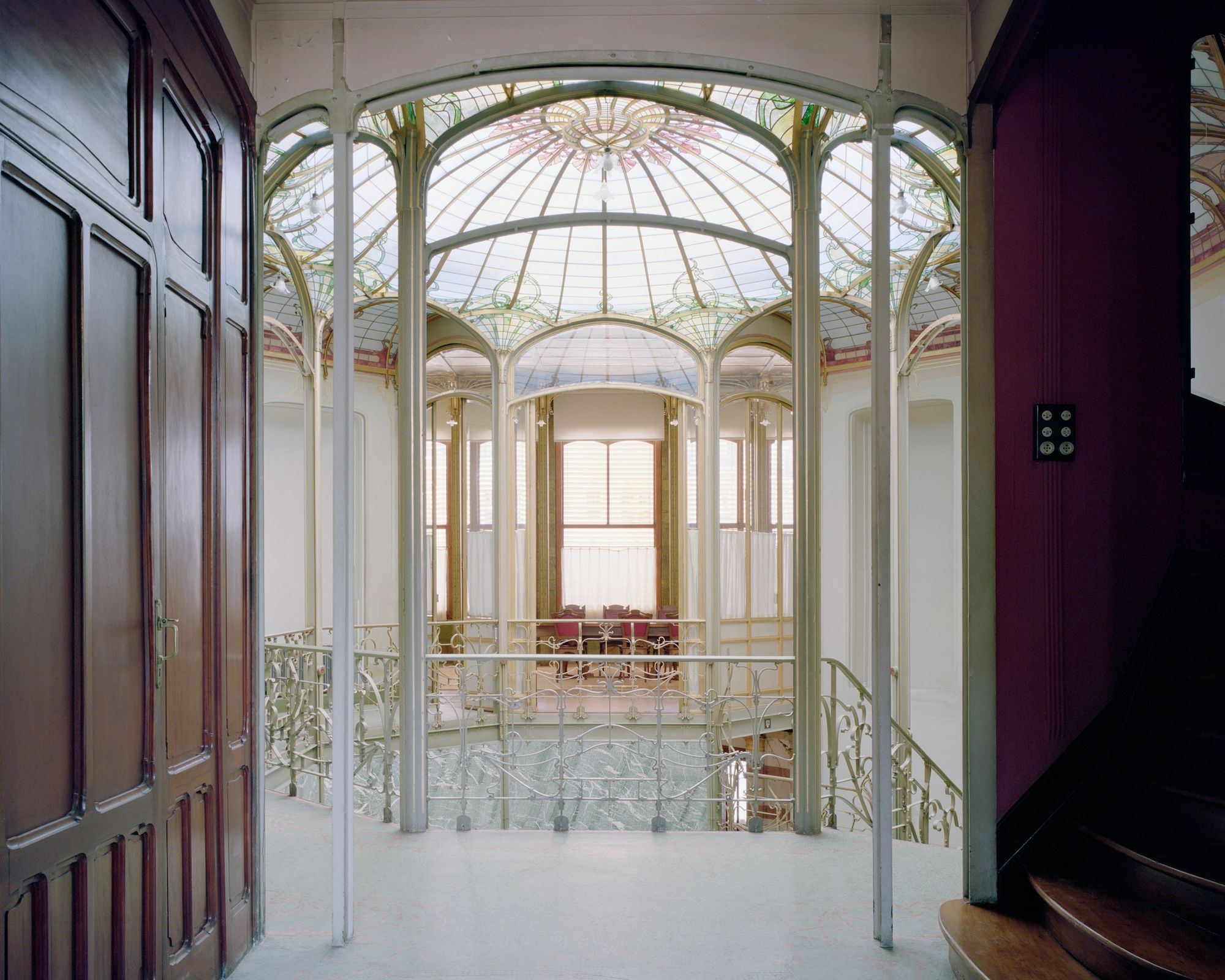DESIGN LEGENDS MARCH 7 2024
by Daniella Ohad
Daniella Ohad recaps her weekly conversations with the legends of interior design
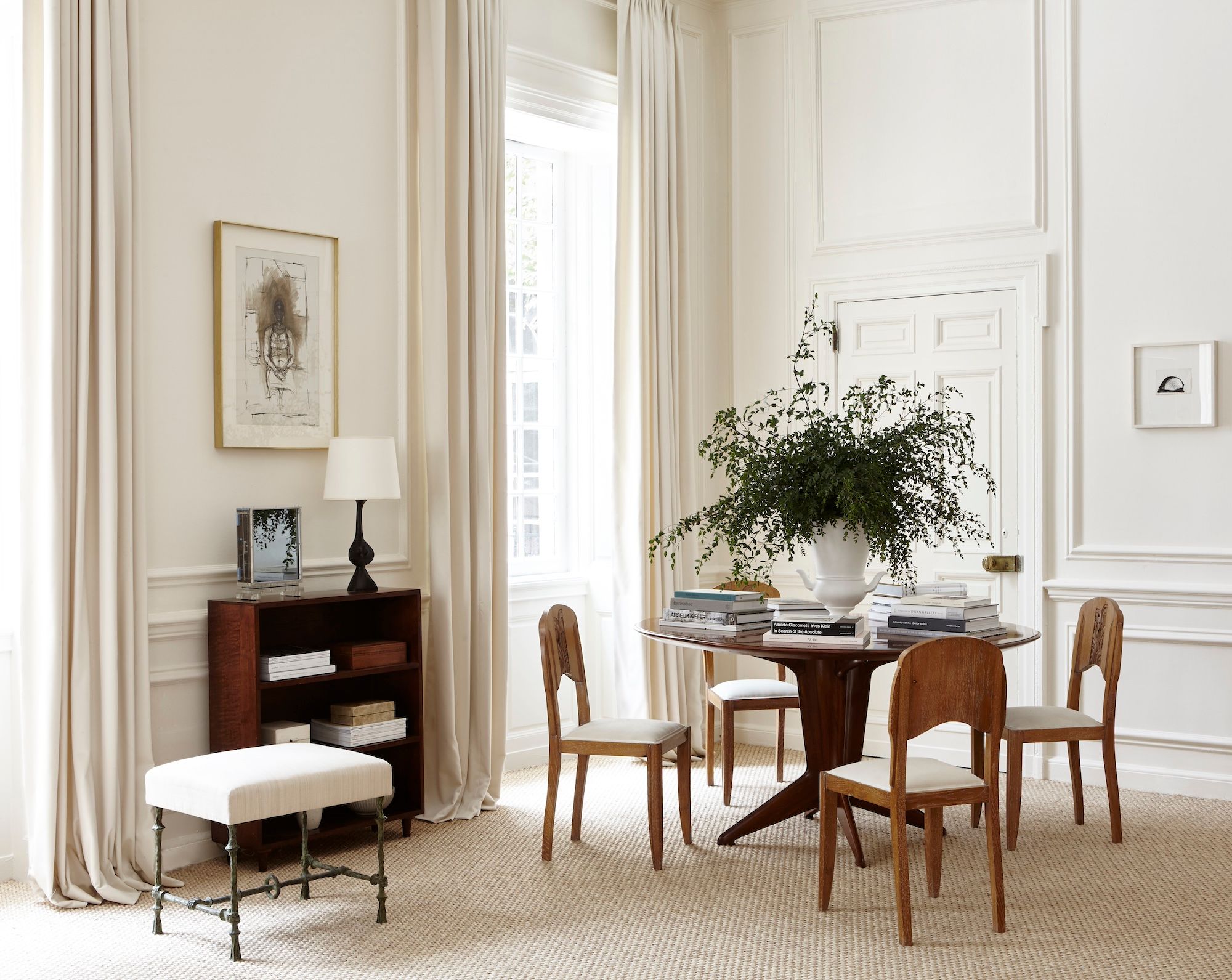
ALYSSA KAPITO/ UPPER EAST SIDE MANSION
Photo © Joshua McHugh; courtesy of Alyssa Kapito Interiors
Comprising one-on-one interviews with international design talents, Interior Design: Then and Now is a Spring 2024 webinar program hosted by Daniella Ohad for Christie’s Education. For the Design Miami/ Forum, Ohad recaps each interview. Read on for highlights from her conversation with American interior designer Alyssa Kapito.

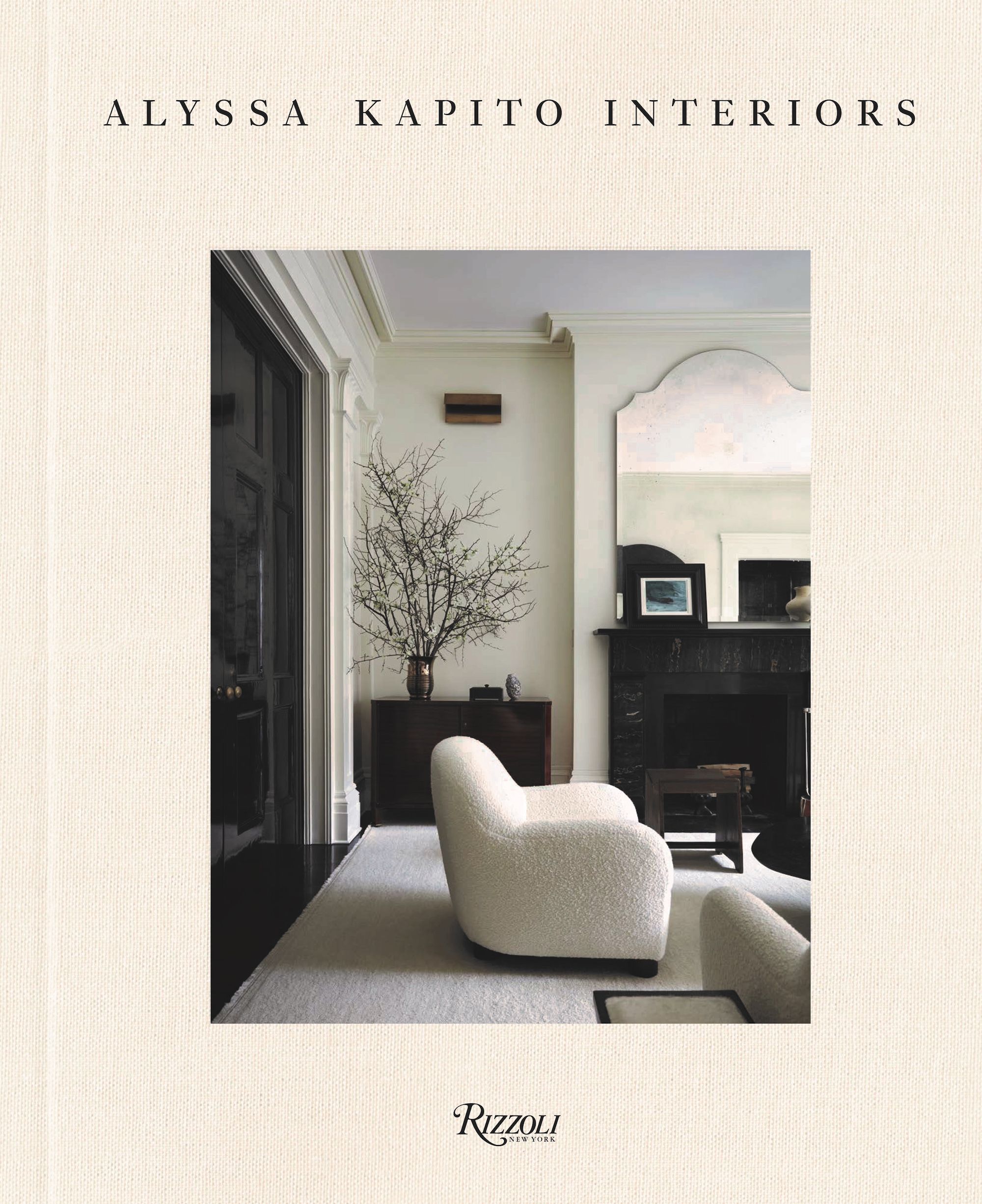
LEFT: NEW YORK INTERIOR DESIGNER ALYSSA KAPITO; RIGHT: ALYSSA KAPITO: INTERIORS BY ALYSSA KAPITO FOR RIZZOLI (2024)
Photos © Sandra Semburg and © Rizzoli; courtesy of Alyssa Kapito Interiors
Through her timelessly refined visual vocabulary, New York-based interior designer Alyssa Kapito demonstrates that excellent taste blossoms when it’s rooted in a solid foundation of art historical knowledge. Since launching her firm in 2012, she has earned an international reputation for classical yet pared back, bespoke interiors that are effortlessly layered in neutral hues and exquisitely crafted furnishings. Her tranquil, livable homes offer an ideal backdrop for the most intriguing design and art collections, which she masterfully places in her interiors in delightfully unexpected combinations. This month, Rizzoli is releasing Alyssa Kapito: Interiors, the first monograph to document Kapito’s unique design philosophy alongside ten of her most celebrated residential projects.
As my recent Interior Design: Then and Now guest, Kapito and I discussed how her curatorial eye and passion for history, collecting, and the market has helped propel her to influencer status on Instagram—where she has over 220,000 followers and counting. Her success on social media, she told us, can be traced to her authentic point of view, original content, and signature luxurious style. She avoids personal and political expressions, focusing instead on sharing her aesthetic vision. Some of her favorite IG accounts to follow include The Row, The Art Reporter, and Galerie Patrick Seguin.
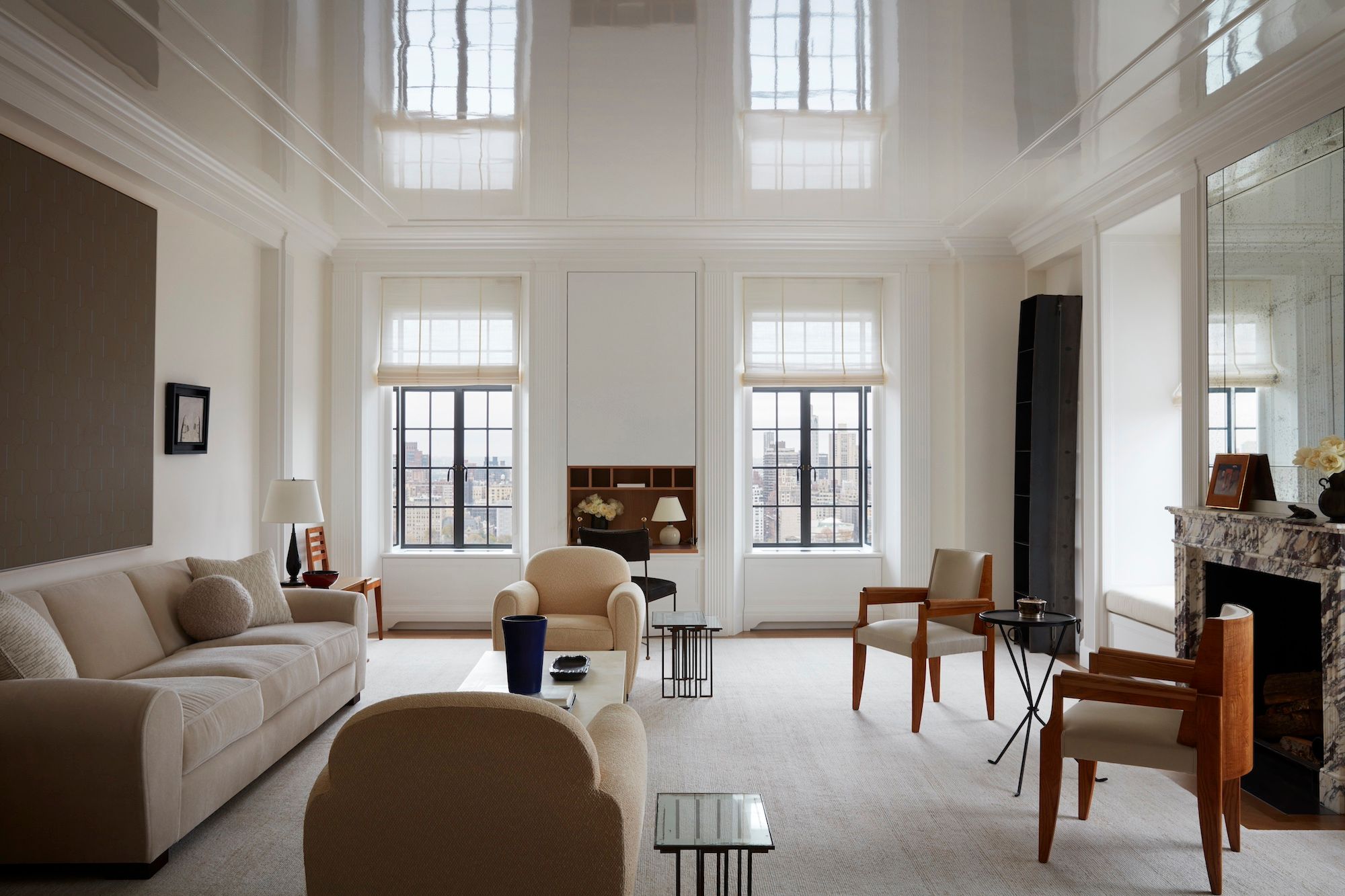
ALYSSA KAPITO/ CENTRAL PARK WEST RENOVATION
Photo © Stephen Kent Johnson; courtesy of Alyssa Kapito Interiors
At Columbia University, Kapito completed both undergraduate and graduate degrees in Art History. Her major in Renaissance Studies emerged from her attraction to the creative richness of 15th- and 16th-century Europe, from the rediscovery of Classical antiquity to the rapid, radical changes that manifested the visual arts. This intellectual bedrock informs Kapito’s connoisseurship of contemporary art, design, and craft today.
When Kapito decided to pursue a career in interior design, she wanted to intern with the best and secured a position with AD100 Hall-of-Famer Bunny Williams. Renowned for her traditionalist style, Williams helped Kapito understand not only the art of interior design but also the business. These key learnings motivated Kapito to strike out on her own in 2012 and open her own firm, Alyssa Kapito Interiors, in New York City, where most of the projects in her portfolio have also taken shape.
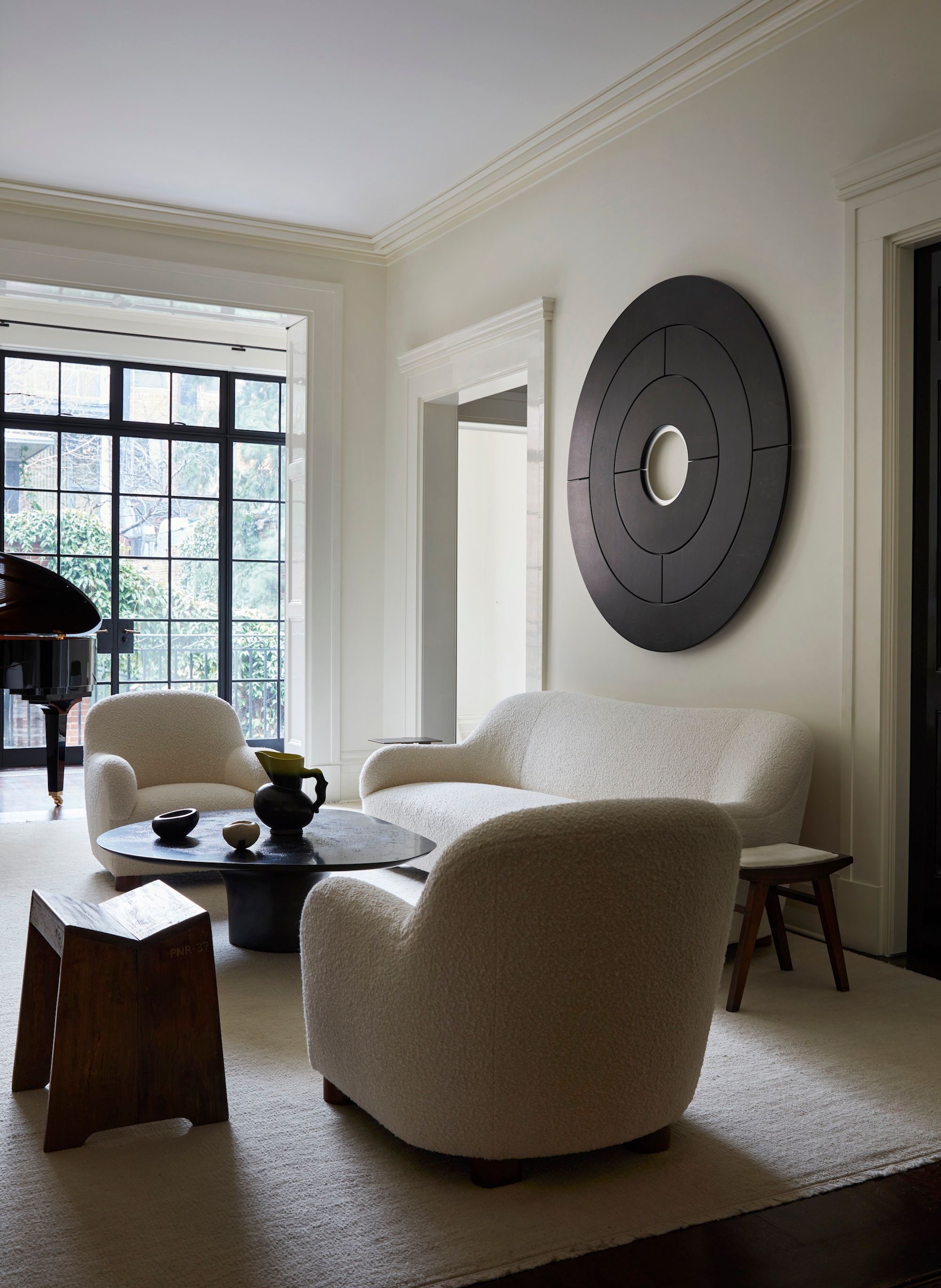
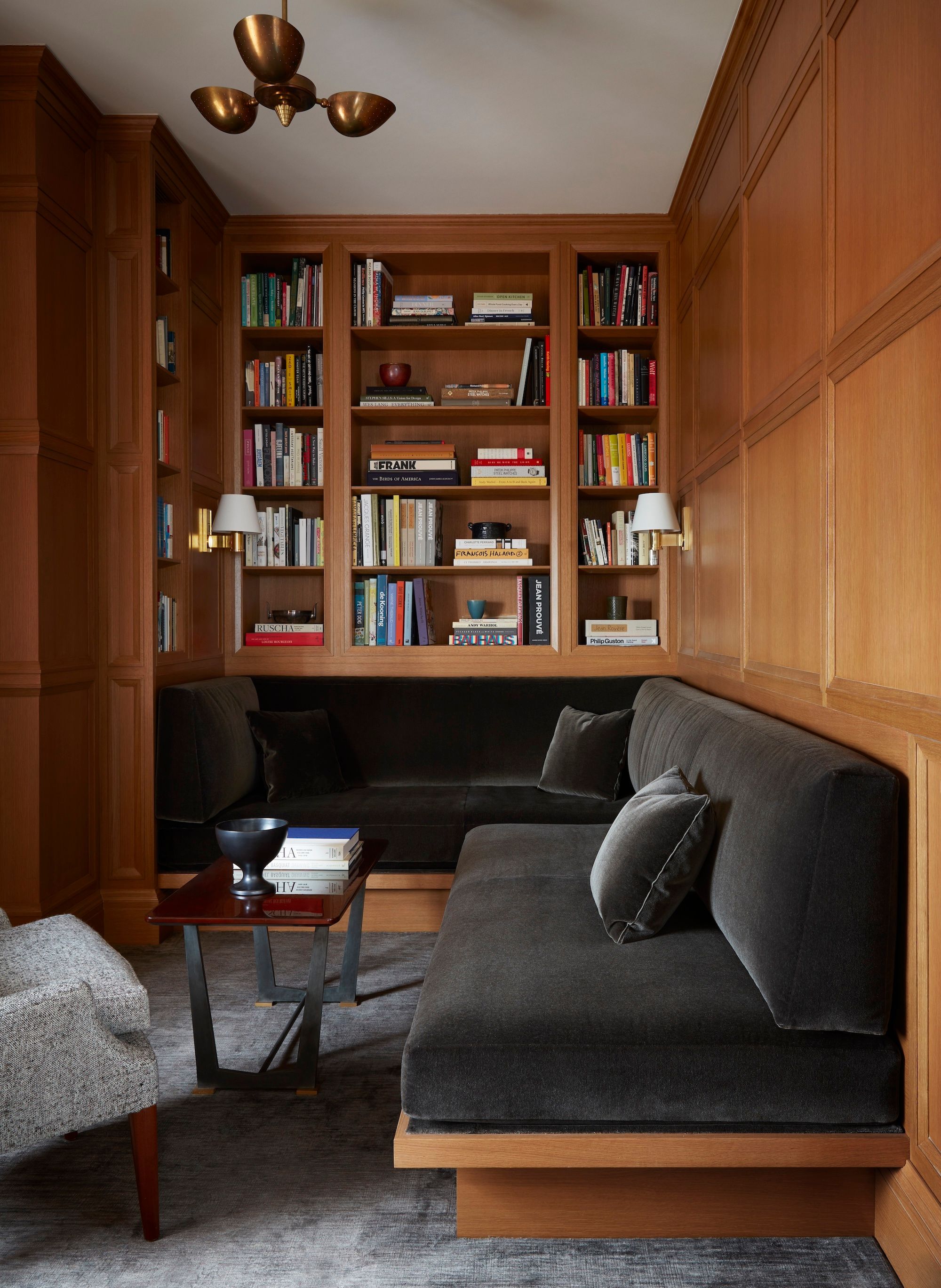
ALYSSA KAPITO/ LEFT: WEST VILLAGE TOWNHOUSE; RIGHT: CENTRAL PARK WEST RENOVATION
Photos © Stephen Kent Johnson; courtesy of Alyssa Kapito Interiors
For Kapito, interior design is a medium for storytelling, and the art and design pieces chosen for each space are essential plot points that drive the narrative forward. While Kapito brings a strong vision to every project, she believes her mission is to guide her clients to develop their taste and find their own voice. Armed with researched expertise, she shepherds them on a journey of discovery, to recognize and appreciate extraordinary objects that will elevate their everyday living.
In her quest for those special pieces, Kapito has become a frequent shopper at auction houses, vintage markets, and at some of the world’s best design galleries—Demisch Danant, Magen H, Patrick Seguin, Maison Gerard, L'Arc en Seine, and Valerie Goodman, to name a few. She studies auction catalogues religiously for insights into market trends and tracks popular media and scholarly publications to stay abreast of new perspectives on vintage furniture.
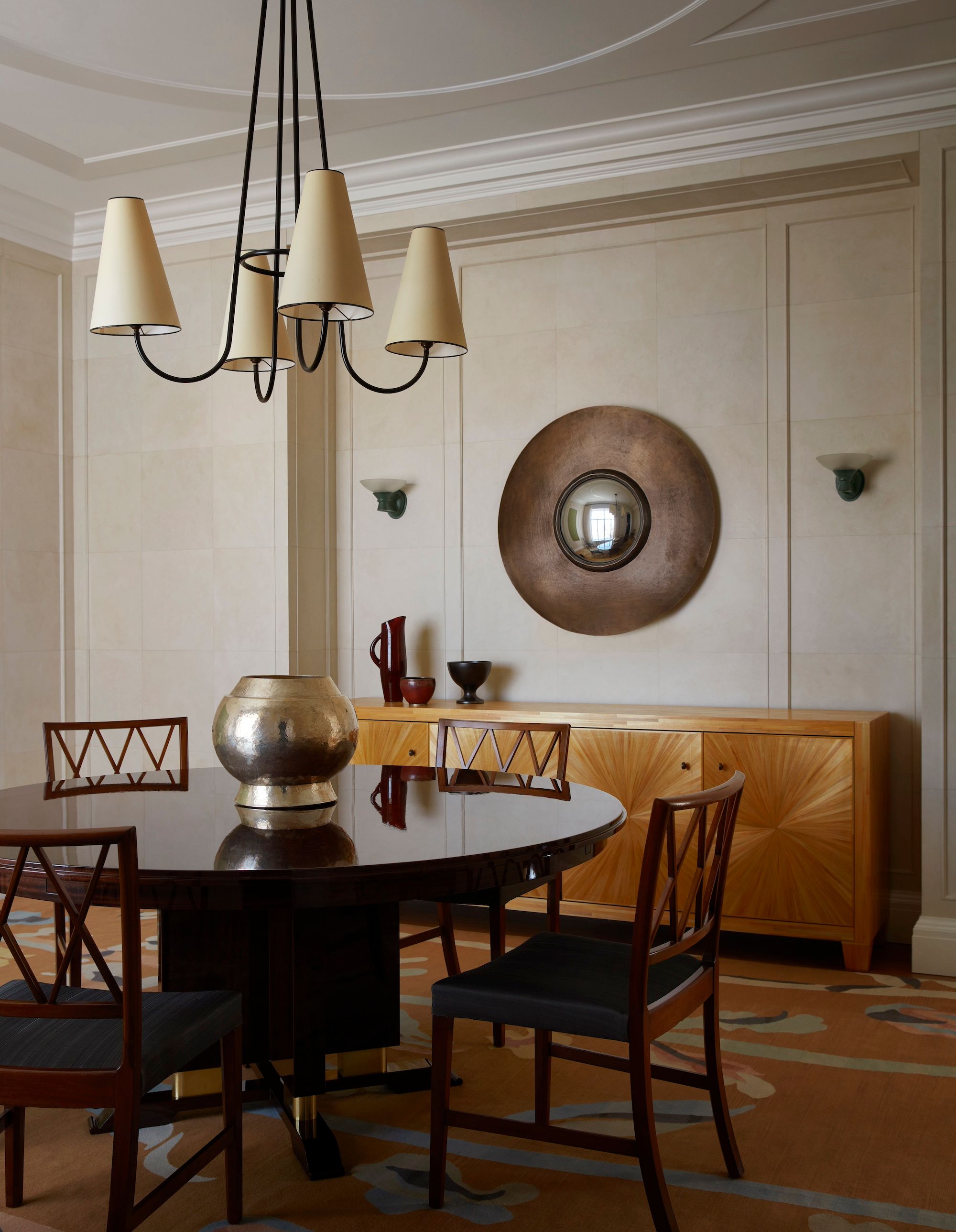
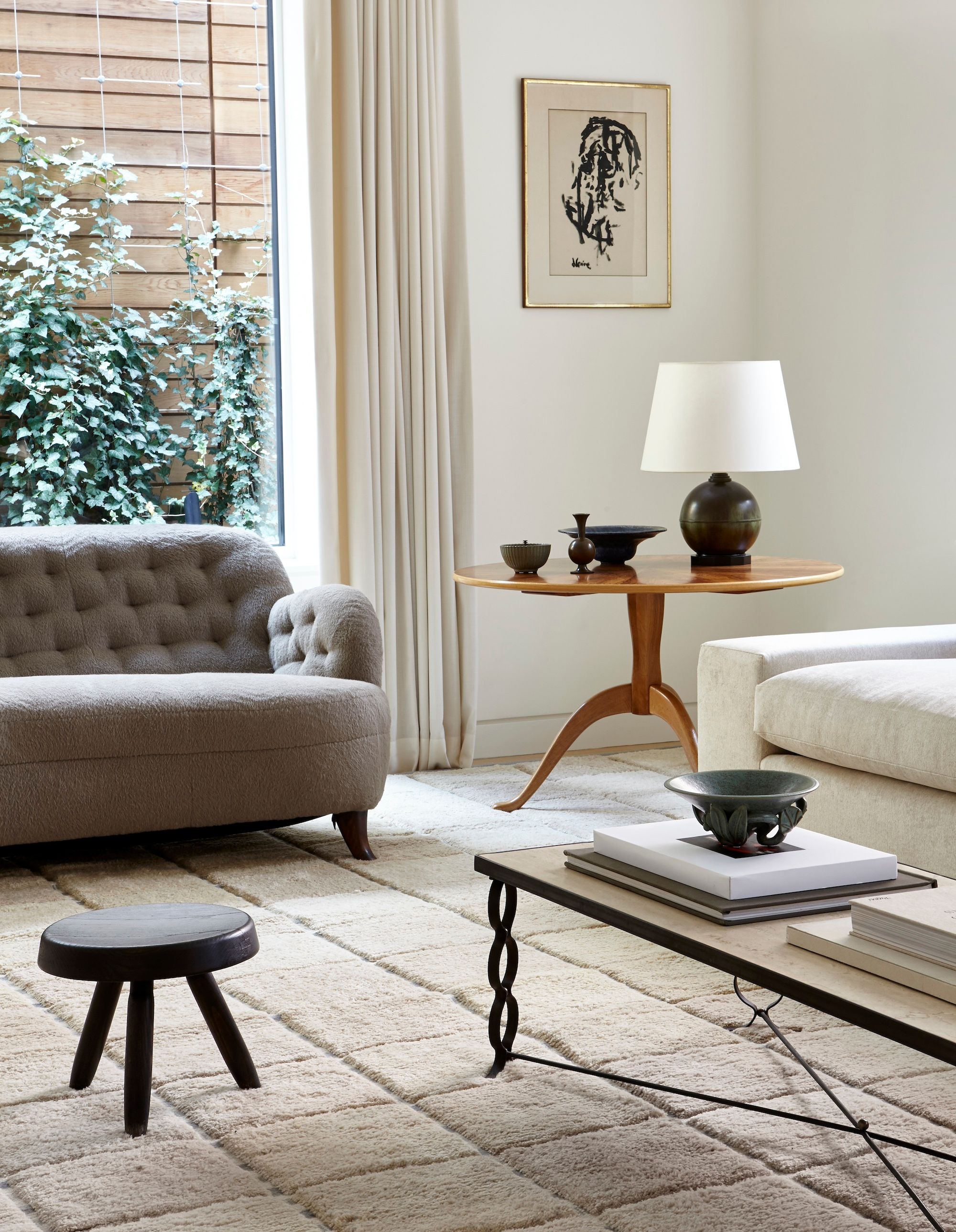
ALYSSA KAPITO/ LEFT: CENTRAL PARK WEST RENOVATION; RIGHT: SOHO DUPLEX
Photos © Stephen Kent Johnson and © Joshua McHugh; courtesy of Alyssa Kapito Interiors
Her depth of knowledge is evident in the signature spaces she creates, which bring together carefully curated mid-century furniture from Denmark, Italy, and France alongside fine works of contemporary handcraft. Picture an iconic Œuf Chair design by French master Jean Royère (circa 1955) coupled with anonymously designed accents sourced from Paris flea markets. Embracing the patina of time, she avoids fakes, reeditions, and knockoffs. Her selections are based on criteria of condition, provenance, and authenticity, because, as she told us, “there is nothing worse than something that has been overly or improperly restored.”
Though textured and warm, Kapito’s interiors are nearly colorless—which, she said, is perfect for New York apartments. New Yorkers tend toward the subdued in the way they dress, and the graceful Art Deco skyscrapers and interiors built in the 1920s and 30s continue to impact the city’s look and feel.
“Ivory or white?” I asked her. “Everything is ivory,” she answered, “from the walls to the upholstery, bed linens, and window treatments.” Eschewing stark white, she employs palettes of ivory of varying depth and character to imbue her spaces with a soft radiance. Her “hero colors” are Benjamin Moore’s OC-121 (Mountain Peak) and OC-122 (Cotton Balls), but she specified that each space requires its own shade of ivory to bring out its “soul.”
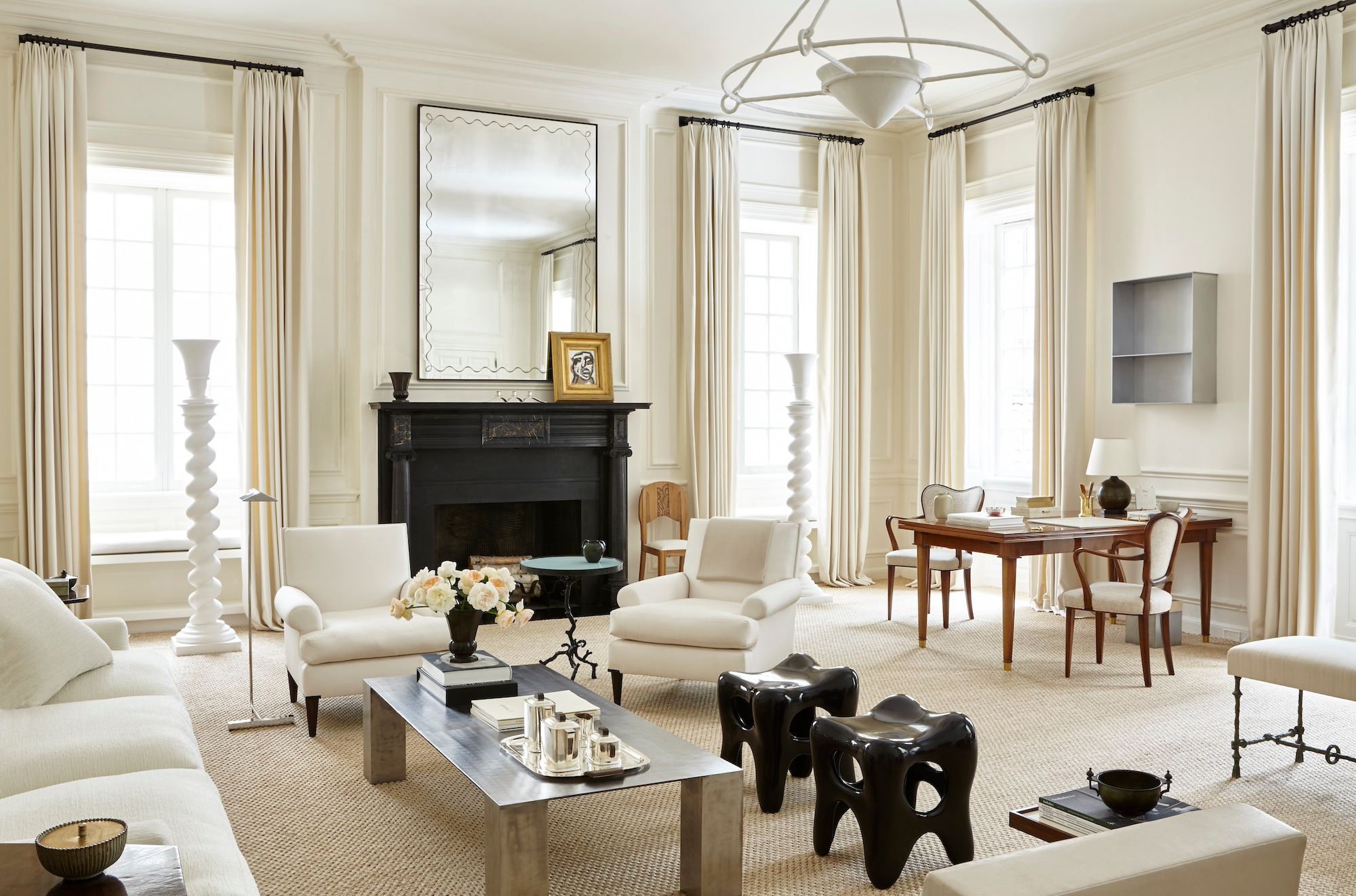
ALYSSA KAPITO/ UPPER EAST SIDE MANSION
Photo © Joshua McHugh; courtesy of Alyssa Kapito Interiors
Kapito ensures each of her projects is individualistic, but there is a thread that runs through everything she does. Manhattan is her touchstone, and her practice is fueled by the city’s built fabric. Using architecture as a creative springboard, her interior designs, including the furniture selection and overall program, respond to their envelopes, whether prewar, postwar, or contemporary. When the architecture is new and minimalist, Kapito favors furniture with a contemporary feel, perhaps more geometrical. But in historical buildings with lots of architectural detailing, she accentuates the moldings and opts for vintage furnishings.
“When I walk into a space for the first time,” she told us, “there are two things that immediately come to mind, the architecture and the interior, and I ask myself, ‘What does this room need to come alive?’” If the ceiling is low, for example, she ideates “tricks,” in her words, to raise the eye and to make the room appear more grand.
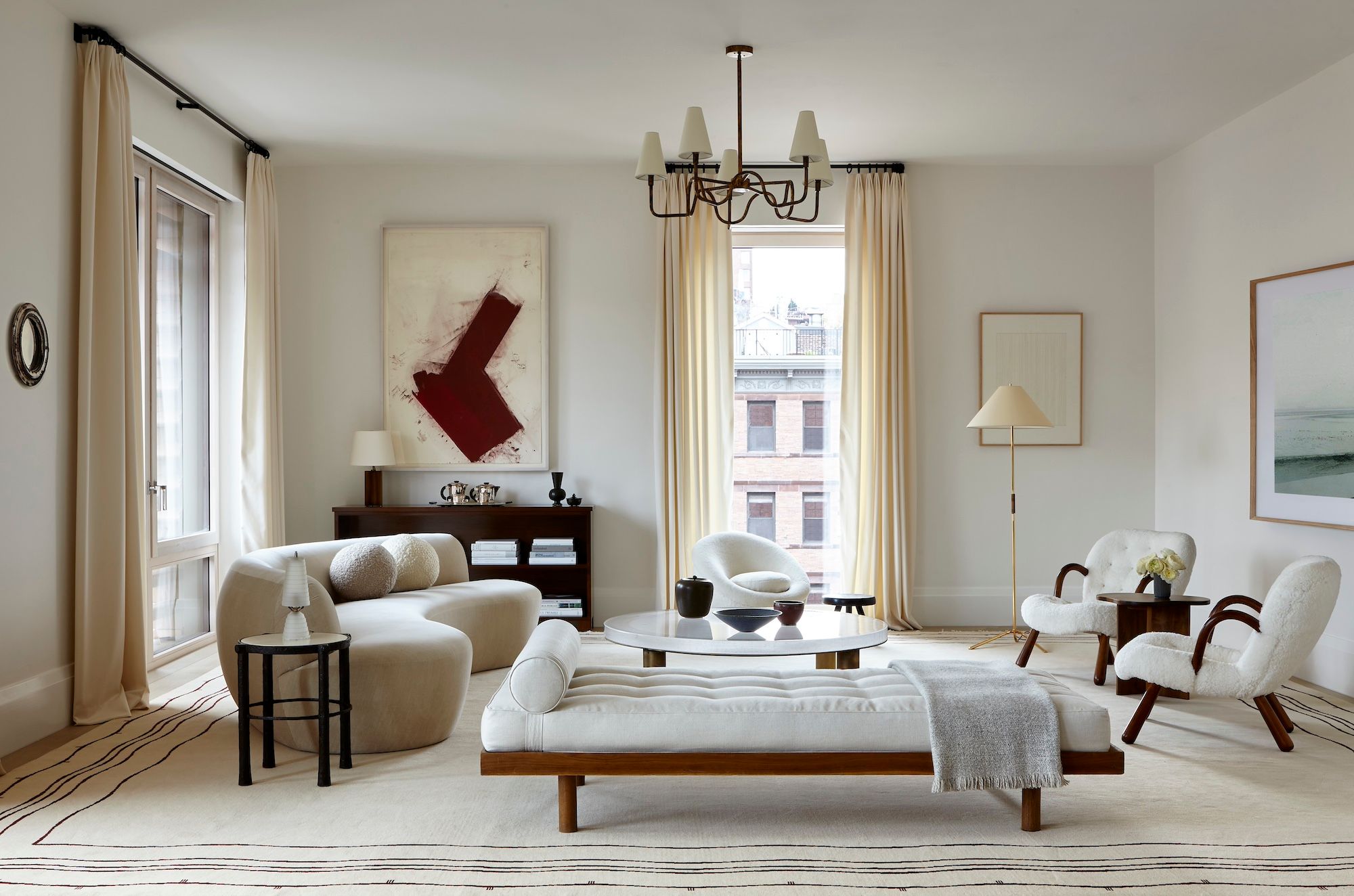
ALYSSA KAPITO/ WEST SIDE CONTEMPORARY
Photo © Joshua McHugh; courtesy of Alyssa Kapito Interiors
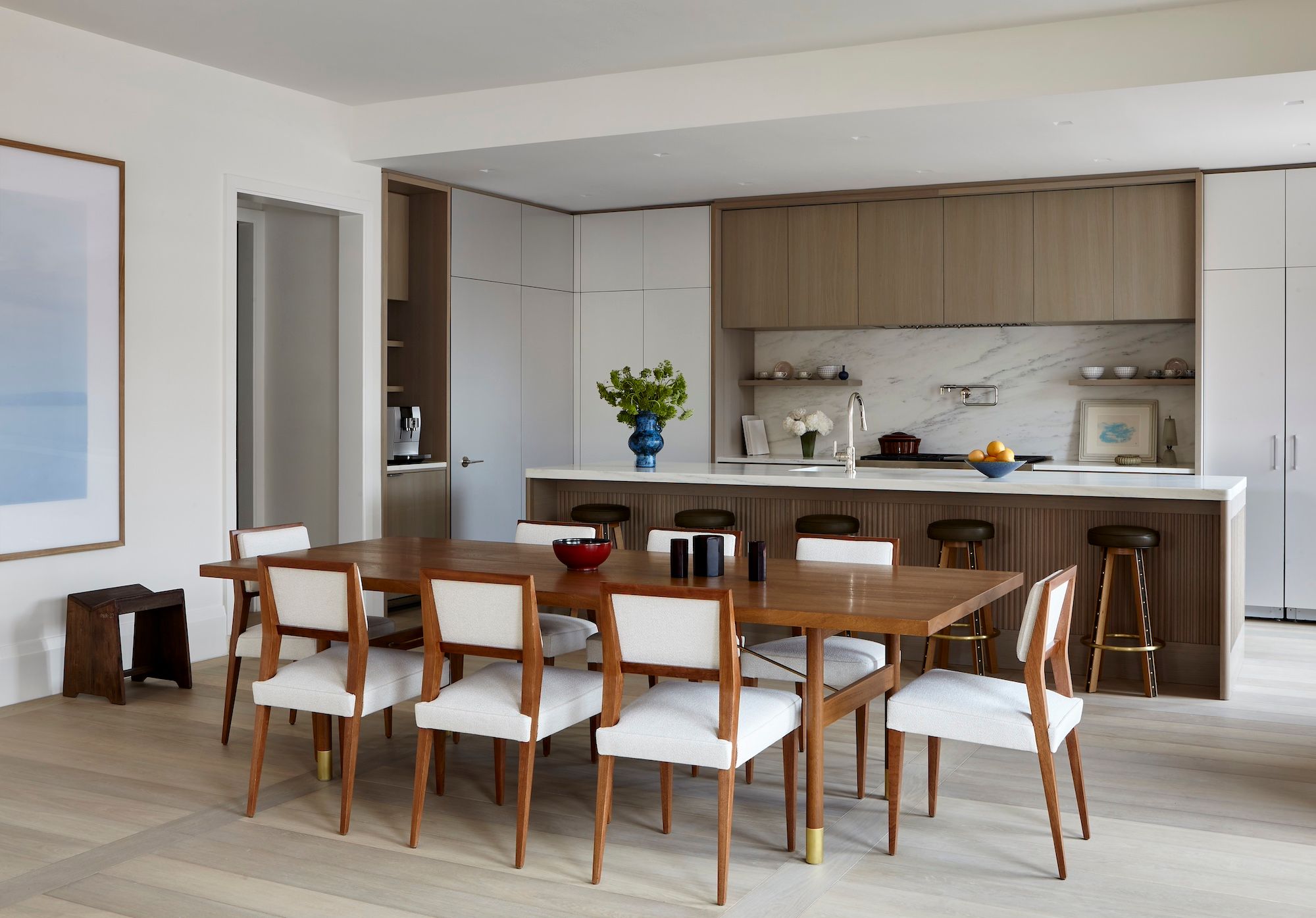
ALYSSA KAPITO/ WEST SIDE CONTEMPORARY
Photo © Joshua McHugh; courtesy of Alyssa Kapito Interiors
One case study covered in our conversation was Kapito’s West Side Contemporary, a private residence in a newly-built apartment house on the Upper West Side. The clients, she noted, professed that their home was very important to them and that they were open to exploring collectible design to reflect that value. They became very ambitious in selecting furniture with both significant histories and bold personalities, such as chairs by Philip Arctander and Jean Royère and a bookcase by Pierre Jeanneret.
Through the course of our talk, Kapito shared a few of her historical design heroes. She has a special love for Jean Royère and the fresh and whimsical quality of his furniture. His quirky, unusual forms, in her view, have a tremendous charisma that suffuses the spaces they inhabit.
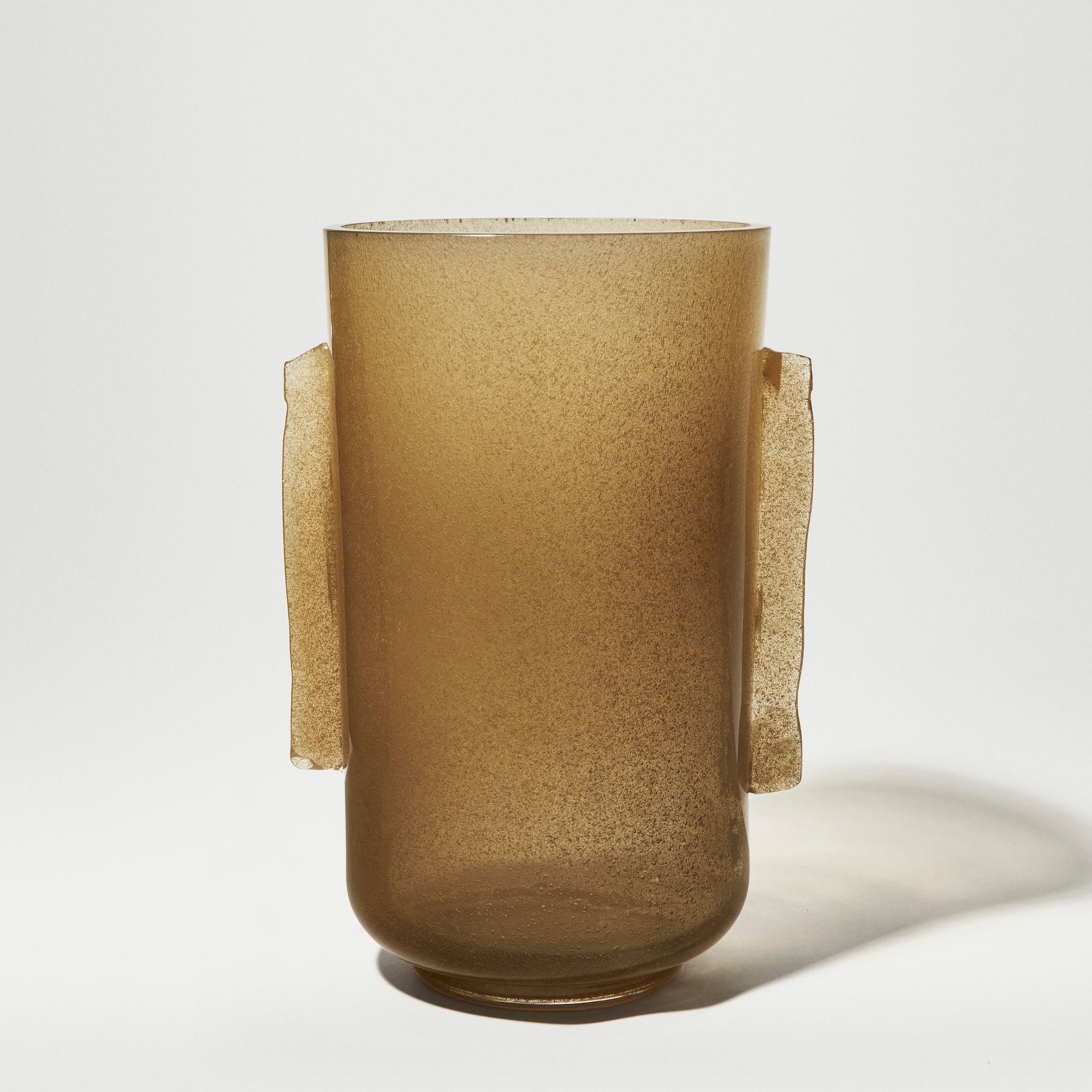
ALYSSA KAPITO X LAGUNA~B/ VASE 01 FOR AKI EDITIONS
Photo © Alyssa Kapito Interiors
Carlo Scarpa is another “big influence,” according to Kapito. The legendary Italian architect-designer’s glasswork for Venini in the 1930s and 40s inspired Kapito's recent, limited-edition vase collection, handcrafted by Laguna~B in Venice for her new label, AKI Editions. The collection is available through the gallery side of Kapito’s firm, which carries vintage design objects as well.
Kapito conceived of the vases—her first foray into designing objects—with the needs of contemporary interiors in mind. A lot of vintage vases, she told us, are too small for today’s spaces. Even so, the historical references that Kapito is known for shine through. Stay tuned for more artisan-produced designs from AKI Editions. A collection of bronze furniture is already in the works.
To watch Ohad’s Interior Design: Then and Now webinar program live, register here.


